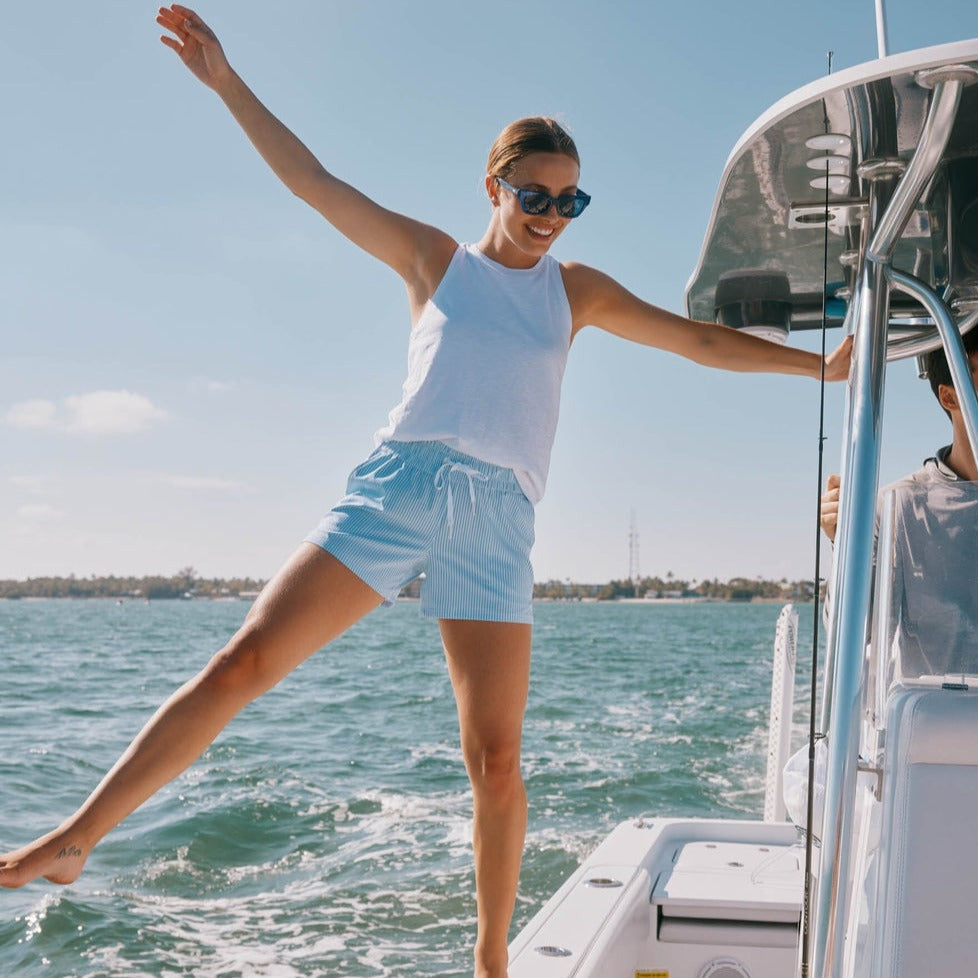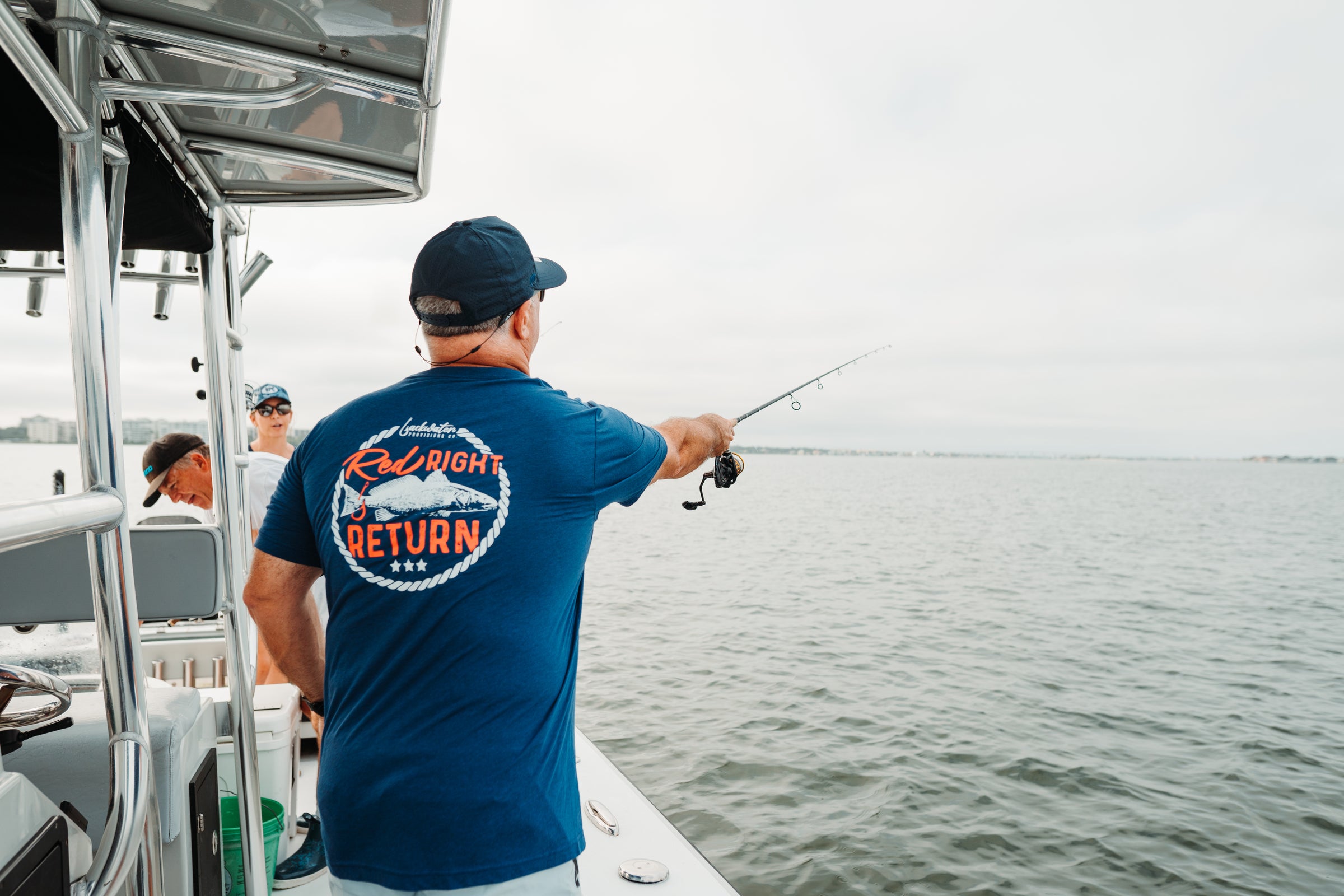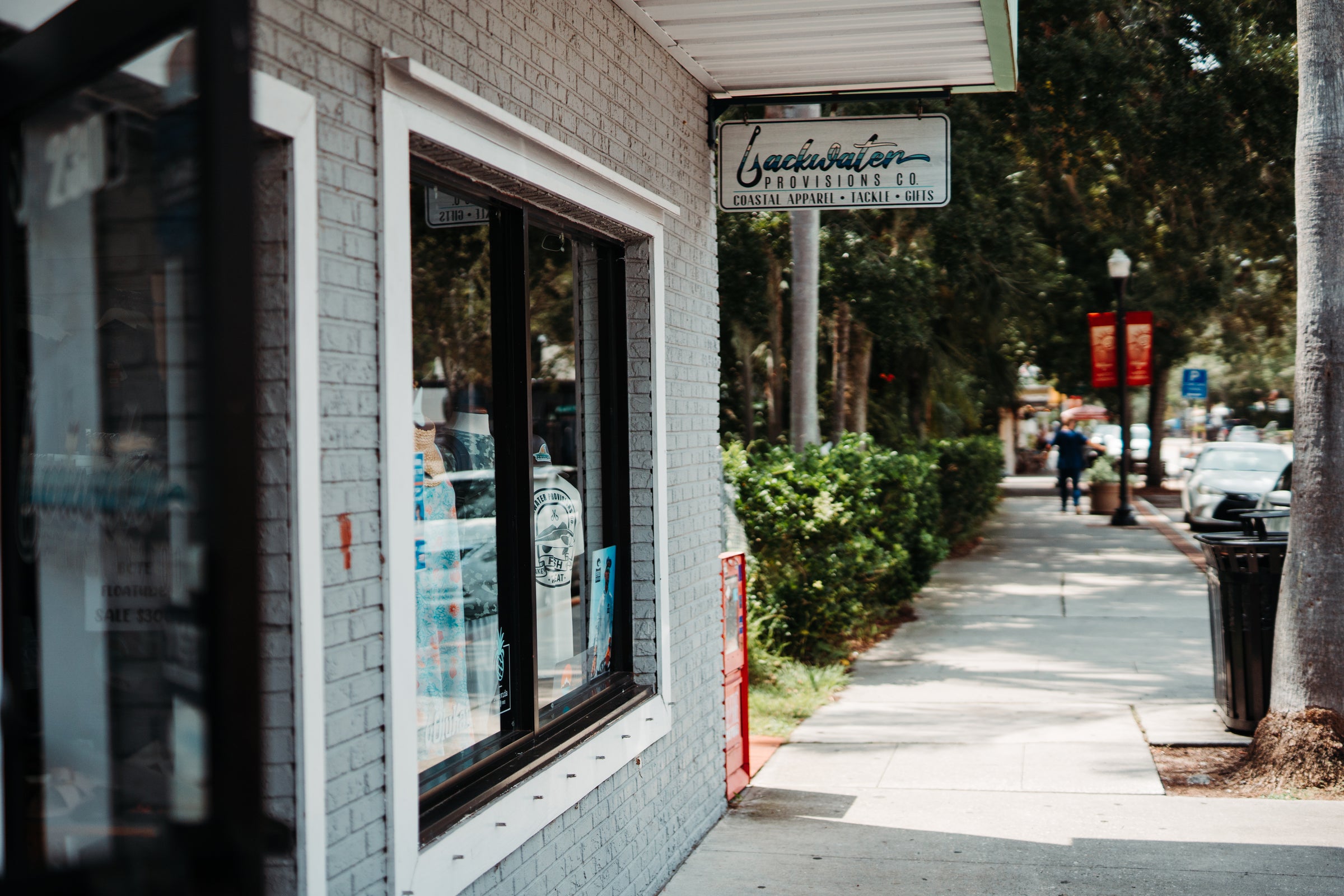November 2025 Fishing Report
TAMPA BAY
November fishing marks the middle of Tampa Bays fall fishing patterns with water temperatures getting even lower and increasing fish feeding activity going along with it. There are many opportunities for inshore fishing with Redfish, snook, and trout being on the flats and the sheepshead fishing heating up too. Offshore and Nearshore also are hot with the fall kingfish run in full swing along with the hogfish bite too.
Inshore:
Snook are biting well, especially at night and early morning around the passes. During November snook are on Tampa bay's local flats and bridges. However, the water temperatures aren’t low enough to force them into creeks.
Location: Flats with sandy potholes, mangrove shorelines, oyster beds, near the passes, and bridges at night
Techniques: for the artificial enthusiasts try using soft plastics like the DOA shrimp or bigger baits like the NLBN paddle tails, topwater lures are another option on overcast days or early morning/evening. For the bait use greenbacks are key with pinfish also being a reliable option.
Gear: for most artificial and bait enthusiasts a 3000-4000 size reel with a 7-7'6 medium to medium heavy rod and 15-20lbs braided mainline should work well. For the leader material in most applications 25-30lbs leader work the best. However, for the bridge fisherman at night most anglers prefer heavier gear using 8-9ft rods rated as heavy or extra heavy and reels in the 5000-6000 range along with heavier braid and leader for handling bigger fish around structure.
Redfish are found around mangrove shorelines, oyster bars, and flats. Morning hours and higher tides are best for targeting them. They are especially active near mullet schools and birds.
Location: Flats with sandy potholes, oyster beds, and mangrove shorelines
Techniques: for artificial enthusiasts topwater early morning and evening is great along with a variety of soft plastics to target them during the day. Bait fishing for redfish during November revolves around the use of cut bait and live baits such as greenies and pinfish.
Gear: for most artificial and bait enthusiasts a 3000-4000 size reel with a 7-7'6 medium to medium heavy rod and 15-20lbs braided mainline should work well. For the leader material in most applications 20-25lbs leader work the best
Trout are active around deeper flats, potholes, and edges, with soft plastics, white bait, and shrimp being productive. Dock lights at night help improve success, particularly with the upcoming new moon.
Location: Deeper flats, holes, and oyster beds
Techniques: target deeper flats by drift fishing and looking for activity using soft plastic lures such as DOA shrimp or Mirrolure lil johns is an excellent way to catch these fish during the fall.
Gear: for most artificial and bait enthusiasts a 2500-3000 size reel with a 7-7'6 medium light to medium rod and 10-15lbs braided mainline should work well. For the leader material in most applications 20-25lbs leader work the best
Sheepshead fishing starts to heat up in november with the lower water temperatures in heavy structure areas.
Location: Docks, Bridges, rockpiles both inshore and offshore
Techniques: target docks using lighter leader material with small size hooks and jigs(sheepshead have good eyesight), while using mangrove crabs, mud crabs, fiddler crabs, or even shrimp for bait. The key to sheepshead fishing is presentation.
Gear: 2500-4000 size reels on 6’6-7’6 medium to medium heavy action rods with #15-20 lbs mainline and a 20-25lbs leader.
Nearshore:
Hogfish bight is spectacular during November and continues to get better.
Location: Nearshore reefs and hard bottom, try to target depths from 30-80 feet deep.
Techniques: using bright colored jigs called hog balls are an extremely effective option with shrimp for bait, both live and dead shrimp are effective, be aware though that you will have to weed out other fish such as grunts often before getting to the hogfish so bring plenty of bait out with you.
Gear: for most anglers a 3000-4000 size reel with a 7-7'6 medium to medium heavy rod and 15-20lbs braided mainline should work well. For the leader material in most applications 20-25lbs leader work the best
Mackerel action is getting really good as we approach the peak of the fall season for the kingfish run.
Location: Offshore reefs and wrecks located a couple miles offshore and on during the fall, for these fish the key is to find locations with bait around.
Techniques: try tolling around wrecks and structures offshore with plugs or spoons and planers, another great option is to slow troll live threadfins on a stinger rig around structures like said before.
Gear: longer rods of around 8ft in length paired with rods rated 15-30 for line weight or 15-40 are extremely good choices and based upon the angler's preference both conventional reels and spinning work, make sure to pair your reel with either a long topshot of 30-40lbs monofilament line or spool it fully so that there is adequate stretch for fighting big kingfish and it's a must to have at least 300 yards of mainline to accommodate their long exhilarating runs
Offshore:
Amberjack season is ongoing until the end of October, with other species like triggerfish, snapper, red grouper, and porgies providing a lot of action.
EAST COAST
The low pressure systems of October have moved on returning the Ormond Beach area back to the ideal fall fishing we have come to love. The mullet run is a bit later and lighter than usual, but there are out there. Look for unusual wave pocket and active birds. Snook, Redfish and Tarpon will be nearby. Freeline live mullet or pitch plugs, swimbaits or bucktails. Hook up and hang on.
Inshore:
Catches: Redfish & Snook are showing good activity in the backwaters within the Tomoka basin. The bit is strong at Ponce Inlet off the jetty. Black drum can be found within the deeper holes of the Halifax. Sheepshead, flounder, and smaller snapper are arriving around docks, bridges, and hard structure, especially using shrimp, small pinfish, or fiddler crabs.
Snook:
Location: Look for holes and shelter along the Halifax. Off of the jetty at Ponce inlet near structure. Fish the outgoing tide.
Techniques: for the artificial enthusiasts try using soft plastics like the DOA shrimp or bigger baits like the NLBN paddle tails, topwater lures are another option on overcast days or early morning/evening. For the bait use greenbacks are key with pinfish also being a reliable option.
Gear: for most artificial and bait enthusiasts a 3000-4000 size reel with a 7-7'6 medium to medium heavy rod and 15-20lbs braided mainline should work well. For the leader material in most applications 25-30lbs leader work the best. However, for the bridge fisherman at night most anglers prefer heavier gear using 8-9ft rods rated as heavy or extra heavy and reels in the 5000-6000 range along with heavier braid and leader for handling bigger fish around structure.
Redfish:
Location: Found around mangrove shorelines, oyster bars, and flats. Morning hours and higher tides are best for targeting them. They are especially active near mullet schools and birds.
Techniques: for artificial enthusiasts topwater early morning and evening is great along with a variety of soft plastics to target them during the day. Bait fishing for redfish during November revolves around the use of cut bait and live baits such as greenies and pinfish.
Gear: for most artificial and bait enthusiasts a 3000-4000 size reel with a 7-7'6 medium to medium heavy rod and 15-20lbs braided mainline should work well. For the leader material in most applications 20-25lbs leader work the best
Surf & Nearshore:
Catches: Surf anglers can still pick off whiting, flounder, drum, bluefish, pompano with the incoming tide.
Ponce Inlet is holding Snook, Redfish, and Mangrove Snapper.
The Granada Bridge bite is steady with Mangrove Snapper, Snook, and the occasional sheep head. The sheep head bite will increase as the water cools.
Techniques: Fish incoming tides; cast just outside the breakers; keep surf rig light but beef up leaders. Cut bait (frozen or fresh), small jigs, or Fishbites are the way to go.
Gear: Medium/Heavy rod with 25-30 pound spool. Leader appropriate with the targeted species. 20-30 pound will do. Heavier to target the few sharks migrating through.

















